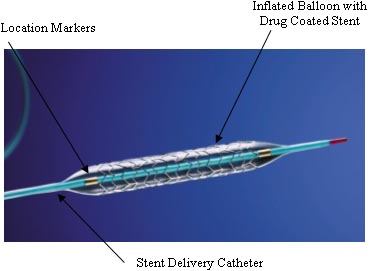While the buzz in treatment for Coronary Artery Disease (CAD) is all about Percutaneous Coronary Interventions (PCI) or “Stenting”, relatively little information about Coronary Artery Bypass Grafting (CABG) is available. CABG, despite often being labeled as painful, expensive and risky, is in many ways the opposite: an efficient method of returning blood flow to the heart back to normal. Relatively …
Patients with renal failure and CAD
I just posted a review of two articles about the treatment of Coronary Artery Disease in patients with kidney failure. The more I read about results of Stent treatment for CAD, the more I learn about situations where it doesn’t work as well as it should. In particular this is the case in Diabetes, Renal failure and patients with impaired …
New Questionnaires
Tomorrow you’ll find updated questionnaires on this website. I re-designed the one already there, and added two others: No. 1 is for patients with issues about their treatment; No. 2 is a Risk assessment for developing CAD and stroke; No. 3 is an analysis tool for evaluation of chest pain. As you may have noticed from previous blogs, treatment for …
Medical Therapy for Stable Coronary Artery Disease
Yet another article compares Medical therapy with PCI (Stenting) in patients with stable Coronary Artery Disease. This time the focus was on control of angina symptoms, rather than survival. However, its conclusions were similar in that in this group of stable patients, medical therapy alone has become just as effective as PCI (75% vs. 77% control of symptoms). What surprised …
Stents Downgraded by Wall Street Journal: If Only It Were That Simple
Attn: Burt Cohen Re: Stents Downgraded by Wall Street Journal: If Only It Were That Simple. Dear Mr Cohen, Like you I responded to the article “A Simple Health-Care Fix Fizzles Out” by Keith Winstein of the WSJ, dd 2/22/2010: However, unlike you, I drew somewhat different conclusions: RE: WSJ Simplifies Study Results by Ignoring Key Issues … you define …
Percutaneous Coronary Intervention (PCI) – Risks & Benefits
A 58-year-old man has chest pain at 9:30 a.m.; 3 hours later, he calls for an ambulance. Paramedics arrive, provide standard treatment, and transport him to the nearest emergency department. On his arrival at a small hospital at 1 p.m., the findings are diagnostic of a myocardial infarction with ST-segment elevation. The emergency department physician recommends immediate transfer to a …
- Page 2 of 2
- 1
- 2

